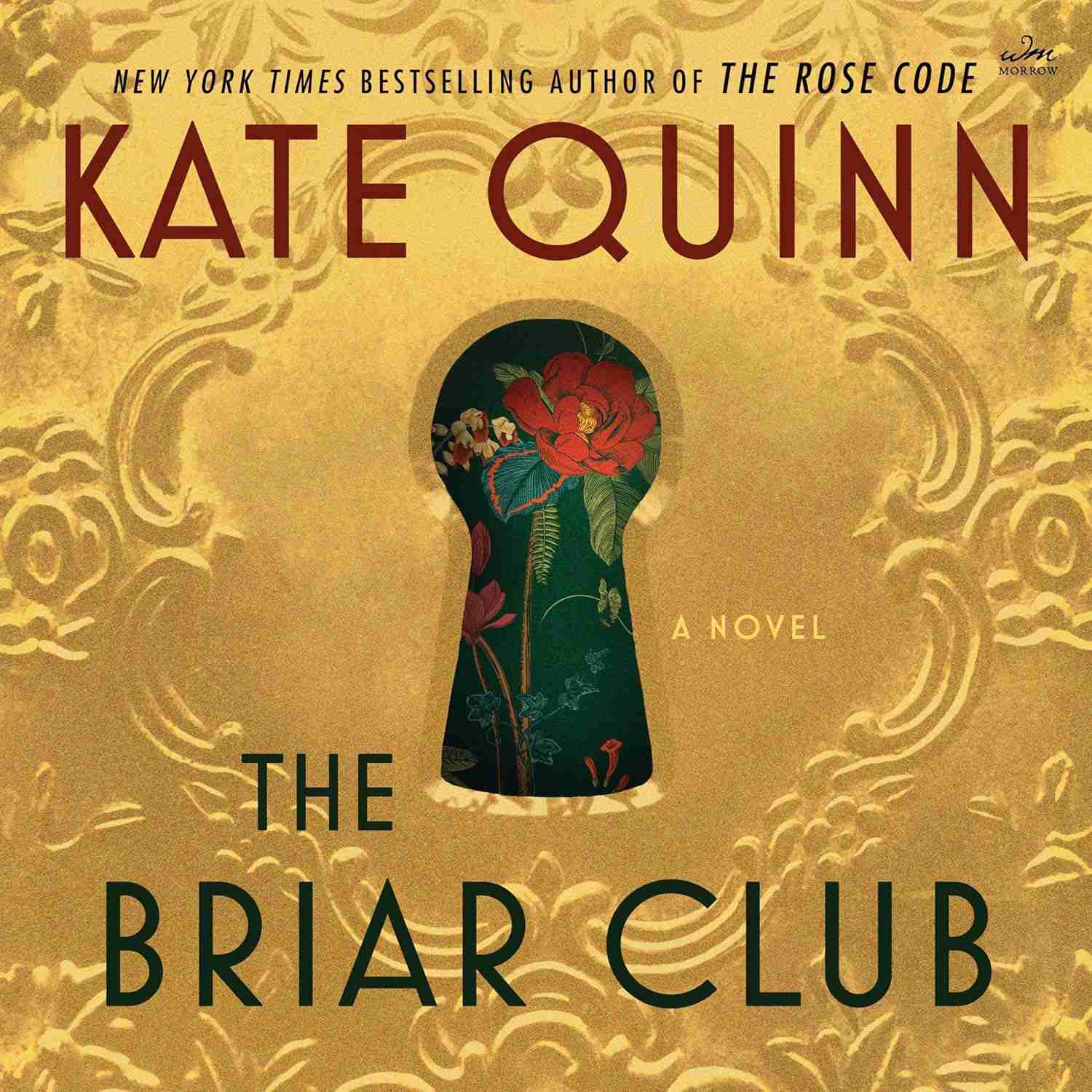
Reading *The Briar Club* felt like being let in on a secret—one whispered by the walls of Briarwood House itself. The house as narrator is genius; it’s like eavesdropping on lives tangled together by chance, yet bound by something deeper. I’d catch myself pausing mid-page, imagining the creak of floorboards or the scent of Grace’s latest recipe wafting up the stairs.
Grace is magnetic. Her Thursday night dinners? Pure magic. Each dish (with recipes included!) peeled back layers of the women—Nora’s Irish stew, Bea’s baseball-era comfort food—turning meals into confessionals. But Mrs. Nilsson? She’s the thorn in this briar patch. Her choices about her kids left me torn between frustration and pity, which I think was the point.
The 1950s backdrop isn’t just set dressing; it elbows its way into every subplot—McCarthyism, racism, postwar trauma—but never drowns the characters. That twist with Grace? I gasped aloud on my couch. And Pete… oh, Pete. His story wrecked me in the best way.
Criticism? A few housemates felt like sketches compared to others (looking at you, cookie-cutter senator’s wife). But when Bea slid into home plate during her flashback chapter, or when Nora faced down her family’s corruption? I forgot to breathe.
This isn’t a book you read—it’s one you move into. Days later, I still catch myself wondering what Grace would say about my life choices over a slice of her apple pie.

